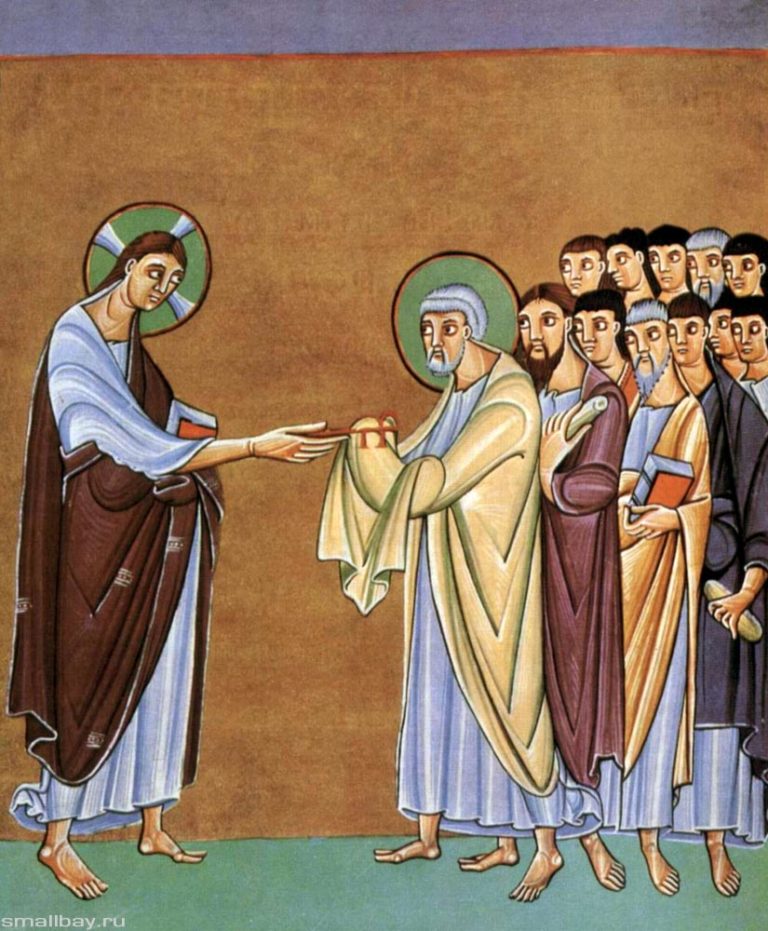Mid 11th century - late 12th century
Romanesque style

description
From the Latin “romanus” – Roman. The term “Romanesque art” was introduced in the 19th century by the Frenchman Arcisse de Caumont.
Romanica is an art style of the Middle Ages that spread to Great Britain, Germany, Denmark, Spain, Italy, France, Portugal, Hungary and Poland. Preceded by the Gothic style, takes its origins from the Byzantine style.
Key features:
– the aesthetic aspect of the Romanesque style is distinguished by a high degree of theology, everything begins with God and ends with him, the main canon is the Last Judgment;
– Numerous schools. Each school paints temples and creates sculptures in its own way, Byzantine canons are modernized, while the Middle Ages practically does not leave the names of artists and sculptors;
– synthesis of arts. Romanesque painting was an integral part of the interior decoration of churches, mostly rural ones;
– the appearance of a book miniature with graphic drawings;
– stained glass. Stained-glass windows practically do not undergo changes and smoothly pass into the Gothic style, stained-glass compositions consist of religious subjects. Stained glass painting included two main techniques – painting on typesetting colored glass and grisaille;
– monumental wall painting. It is distinguished by rough features of characters, disproportionate body shapes, unnatural folds of clothing, lack of perspective and volume, clear contours, dense opaque colors, ocher-brown palette;
– simplicity, conciseness, flatness;
– color palette: brown, red, black, green, ocher.
